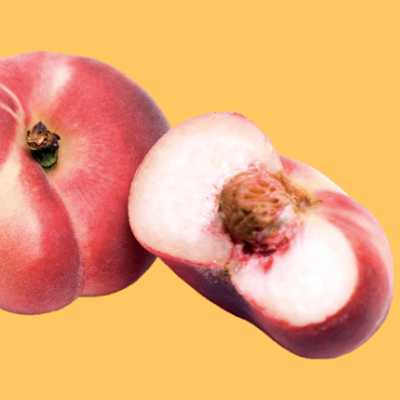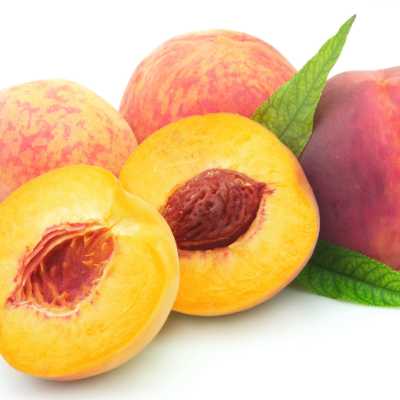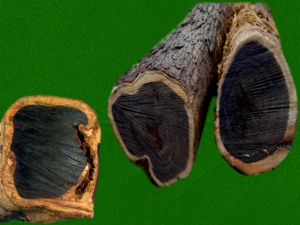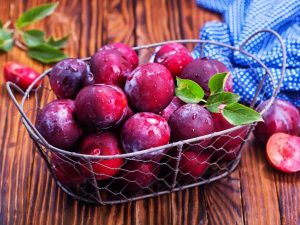Peaches Health Benefits and Effective uses of Peaches

Fresh Peaches Health Benefits
Peaches are popular worldwide, with around 20 million tons of production annually. It’s widely believed that they originate from China, but we don’t know much about their evolutionary history. The earliest evidence for peaches comes from Chinese archaeological records, which date back to 8000-7000 BP.
4 Interesting facts about peaches
- They are a member of the rose family.
- They have fuzzy skin, and they are stone fruit.
- Peaches fruit are native to China and cultivated there for over 2,000 years.
- They were brought to Europe by Persian traders in the early Middle Ages and were introduced to America by Spanish explorers in the 16th century.
Fresh peaches are popular summer fruit and are often eaten fresh, canned, or baked in pies or cobblers. The pit, or stone, of a peach contains a single seed. Peaches are a source of vitamins A and C and potassium and fiber.
Nutrients facts of Peaches
This water-rich easy digestible summer fruit has a good amount of Vitamin C and carbohydrates, which help with bowel movement and keeps your stomach happy with some amino acids.
One cup of 154 Grams of normal size peach contains the following nutrients:
| Name | Amount |
| Water | 136 Grams |
| Protein | 1.4 Grams |
| Carbohydrates | 15.6 Gram |
| Calcium, Ca | 6.16 Milligrams |
| Potassium, K | 188 Milligrams |
| Vitamin C | 6.31 Milligrams |
| Vitamin A | 37 Micro grams |
| Iron, Fe | 0.524 Micro grams |
| Phosphorus, P | 33.9 Milligrams |
Different Types of Peaches
Farmers (Breeders) have bred peaches to be firmer, redder, and have less fuzz on the surface. This breeding process has made the selling and shipping of peaches easier and more appealing to customers. However, this process has not necessarily led to an increase in flavor. Peaches have a short shelf life, so growers typically plant a mix of different cultivars to have fruit to ship all season long.
Due to such characteristics and needs, peaches have the following type according to their color, shave, and flesh.
- Flat Peaches or Dount peaches
- Nectarines Peaches
- Yellow Flesh Peaches
- White Flesh Peaches
1. Flat Peaches or Dount Peaches

They are known by many names such as pan Tao peach, flat peach, saucer peach, belly up peach Anjeer peach, and the most fun ones are squashed and pumpkin peaches.
These Flat or Saturn peaches are a popular variety of peach due to their squashed shape. Nevertheless, they are sweeter when compared to other peaches but still have a noticeable peach-like taste with red and yellow less fuzzy skin.
2. Nectarines Peaches (A Commercial breed)

These nectarines types are a commercial type of peach, making them different from the rest. Nectarines peaches have smooth skin and are also referred to as fuzzless peaches. They appear to be a crossbreed with plums.
This type can be white to yellow in the flesh and with freestone or clingstone characteristics.
They taste sweeter in flavor and like honey. Nectarines are more like apple firmness and smoothness.
3. Yellow Flesh Peaches

Yellow is the color that comes to mind when you think about fresh juicy peaches. They are sweet and well-balanced with a slightly acidic tone. Yellow peaches are most common and widely available in grocery stores.
4. White Flesh Peaches
White peaches are a type of peach that is typically grown in Asia. They are similar in taste to yellow peaches but are often slightly sweeter because they have less acidity. White peaches usually have pale pink skin and pale yellow flesh. Since white peaches are softer than yellow peaches, they are not as good for baking. Try grilling or eating them raw instead.
Two major categories of Peaches
Regardless of peaches’ shapes or colors, or taste, every type can have two categories Clingstone or Freestone. But still, some cultivars are in between Freestone and Clingstone categories.
1 . Clingstone Peaches
Peaches’ having their pits firmly attached to the flesh are called clingstone, and they have hard flesh while they can be easily transported and have slightly more shelf life.
2. Freestone Peaches
Freestone peaches are the exact opposite of clingstone. They are easy to peel and slice due to the soft flesh and soft binding of the pit with flesh.
7 Health Benefits of mouth watering peaches
A diet rich in fruits is one of the best ways to protect your body against diseases. The abundance of antioxidants in fruits helps keep your body working flawlessly. Also, fruits reduce the risk of coronary heart disease and some cancers. They’re also low in calories, which helps prevent unwanted fats in the body.
Peaches are no exception to the benefits that fruits bring with them. A gift from nature sweet, nice aroma and packed with energy to boost the immune system, Peaches have the following health benefits:
1 – Improves digestion system
Being a watery content fruit with a good amount of fiber and carbohydrates helps stabilize stomach acid balance and improve bowel movement.
2 – Helps Liver and stomach functions
The perfect balance of surge, Glucose, Iron, and zero Lactose provide an ample amount of energy and improves liver function.
3 – Helps to stabilize blood pressure
Low on sodium and a good quantity of Calcium, Potassium, and Magnesium enable peaches to regulate steady blood pressure.
4 – Thirst Quencher
One of the refreshing benefits of peaches is that they help quench thirst, whether they are consumed as fresh juice form or eaten raw by hand.
5 – Good for diabetes
Fresh and normal yellow peaches are good for diabetes patients due to their low sugar compared with other fruits.
6 – Helps take down fever
Calcium and Vitamin C in peaches are good for fever. Also, the water content of peaches is good for dry mouth during fever.
7 – Good for skin
Although not as rich in vitamin C as Oranges, you can still add it to your diet for improving skin smoothness and reducing oiliness. Having Carotene-beta in your diet helps your skin resist and flourish against sun damage.
Peaches use in Traditional remedies and Health Benefits
Oil extract from peach seeds has helped recover from Piles, and it also helps reduce pain in the ears when directly applied, and regular use of peach seed oil can help in recovering listening problems.
Nature has its ways to help us, Traditionally in Asian countries and Italy specifically uses Peach leafs to eliminate stomach and intestine worms. Peach leafs are crushed and mixed in water to create a thick green mixture, which is difficult to drink but it was a known traditional remedy for general parasites of intestines.
Common FAQs
There is no definitive answer to this question as it depends on various factors, such as the person’s age, health, and activity level. However, it is generally safe to eat up to Five peaches per day as a general rule of thumb.
Peaches can grow in both hilly and plain areas. But it thrives in chilling climate. China is lead producer Spain, Italy and Greece follows respectively. Other Asian countries also produce peaches and export to European market.
Peaches have no known side effects, but people with allergies to fruits must take caution as these allergies can cause itching, fatigue, and dizziness.
Peach is a sweet fruit, but still, it is not heavy on sugar content. A 157-gram peach has only 12.9 grams of sugar.
Peach fruit is commonly eaten with its skin, and if fresh juice is to be made, its skin is peeled. And make sure to wash peaches properly before consuming.
Conclusion
So if you have been avoiding peaches for a while, now you know the fresh juicy peach fruit is a natural food and must be part of your diet due to its anti-inflammatory and antioxidants properties.
This summer you must eat a lot of peaches.








One Comment
Comments are closed.